Street Art: The Colorful Side of Cities

Street art is an art form that transforms the walls, streets and public spaces of cities into open-air galleries.
It offers a wide range of works, from graffiti to murals, sculptures to installations.
Street art can be used to convey social messages, to protest, or simply for aesthetic purposes.
1. History and Development of Street Art
Street art has emerged and developed in different periods for different purposes.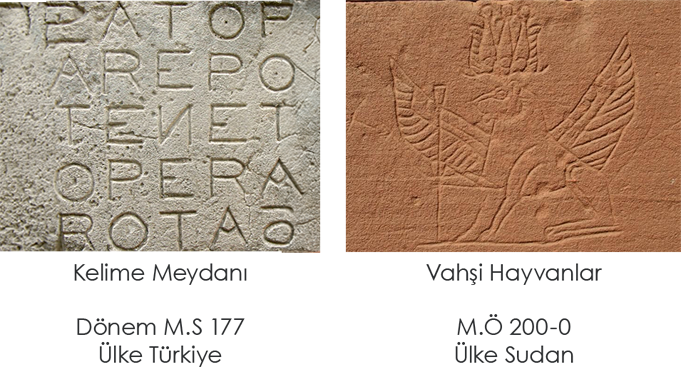
Early Period: Ancient Period: The first examples of graffiti date back to the ancient Roman and Greek civilizations.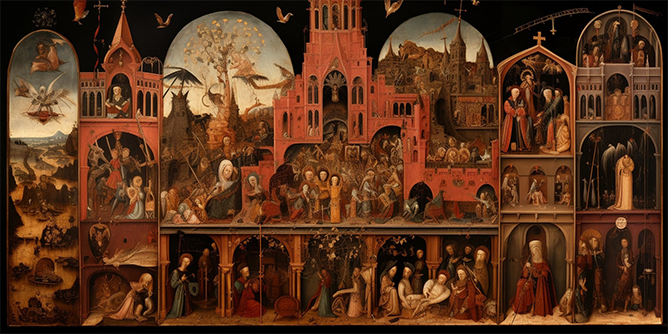
Middle Ages: Wall paintings and frescoes carried religious and social messages.

Modern Period: 1970s: The graffiti movement in New York City rose along with hip-hop culture. Artists began to decorate subways and buildings with colorful graffiti. 1980s and 1990s: Street art became widespread worldwide and began to enter art galleries.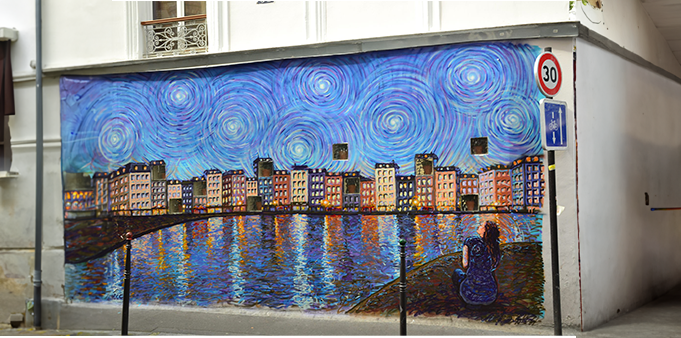
Today: The Digital Age: Street art reaches a wider audience through digital technologies and social media. Artists share their work on digital platforms to appeal to a global audience.
2. Featured Street Artists and Their Works
Artists and their works who have left their mark on the street art world and attracted attention with their works.
Banksy
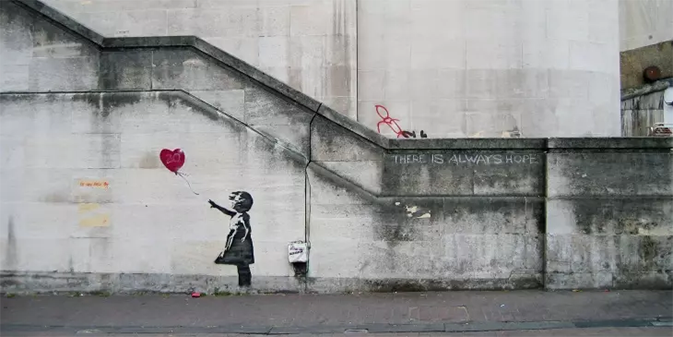
His works: The anonymous British artist's humorous and critical murals draw attention to social problems.
Important Works: "Girl with Balloon" , "There Is Always Hope", "Flower Thrower".
Shepard Fairey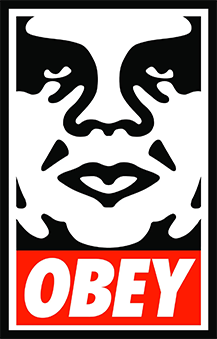
His works include: The "Obey" campaign and Barack Obama's "Hope" poster.
Important Works: "Obey Giant", "Hope".
JR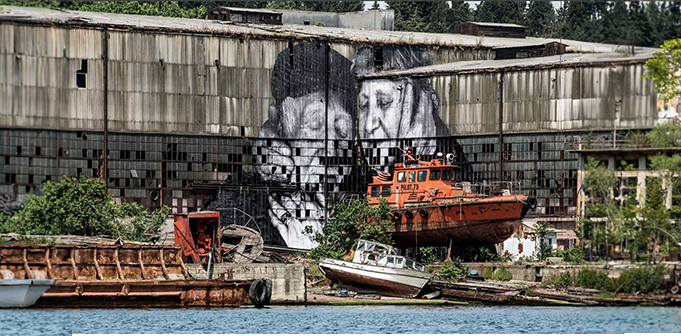
His works: Known for his large-scale photographic installations, the French artist draws attention to marginalized segments of society.
Important Works: "The Wrinkles of the City", "Inside Out Project".
Invader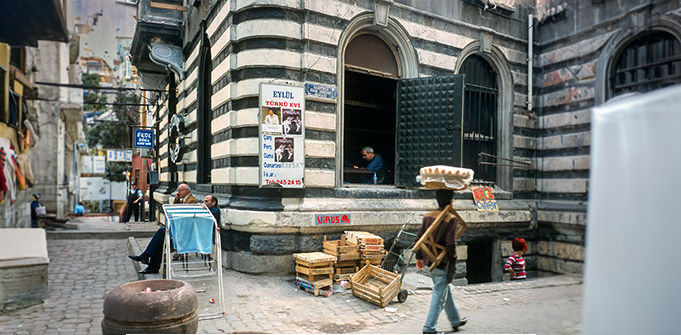
His works: The French artist, known for his works made of mosaic stones, creates alien characters on the streets.
Notable Works: "Space Invaders".
3. Social and Cultural Impacts of Street Art
Street art leaves a deep impact on social and cultural dynamics.
Social Messages
Protest and Criticism : Street art is a powerful means of voicing social and political criticism. Banksy's work often explores themes of anti-war, environmental awareness and human rights.
Raising Awareness: Street art raises awareness by drawing attention to issues such as social justice, environmental issues and human rights.
Cultural Contributions
Local Culture: Street art enhances the character of cities by reflecting local culture and identity. The graffiti adorning of the Berlin Wall has become part of the city's cultural heritage.
Democratization of Art: Street art allows art to take place not only in galleries but also in public spaces where everyone can access it.
Economic Impacts
Tourism: Street art attracts tourists and increases the tourist appeal of cities. The colorful murals in Buenos Aires are a major attraction for visitors to the city.
Local Economy: Areas revitalized by street art also contribute to the development of the local economy.
4. Street Art and Legal Situation
The legal status and legal boundaries of street art are an important issue for artists and society.
Legal and Illegal Art
Legal Art: Murals and graffiti permitted by municipalities and private entities.
Illegal Art: Graffiti and murals done without permission may be considered vandalism and are subject to legal action.
Public Spaces and Art
City Approach: Many cities support street art and give artists freedom in certain areas. Shoreditch in London has designated areas for street art.
Supported Projects: Public projects and festival organizations promote street art and provide legal workspaces for artists.
The Fine Line Between Art and Vandalism
Aesthetic and Legal Value: The balance between the aesthetic value of street art and the legal problems created by its illegality is an issue that society and artists must carefully consider.
5. Street Art Examples from Around the World
Famous examples of street art from around the world and its impact on cities.
Berlin Wall (Berlin, Germany)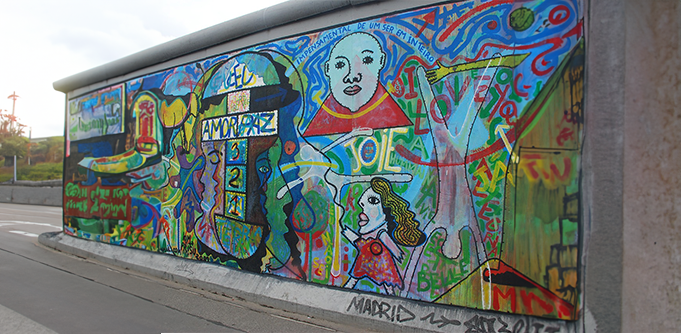
Historical and Cultural Significance: The Cold War-era wall is decorated by artists and carries messages of peace and unity.
Key Works: "The Wall" project, various works exhibited in the East Side Gallery.
Buenos Aires (Argentina)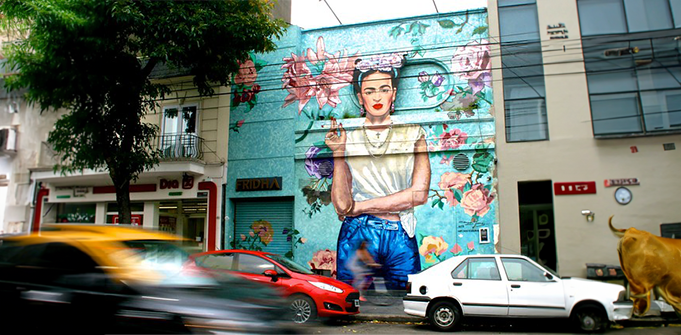
Areas Where Art is Concentrated: Palermo, La Boca and San Telmo districts are famous for their colorful murals.
Artists and Works: Large-scale murals by Alfredo Segatori.
London (England)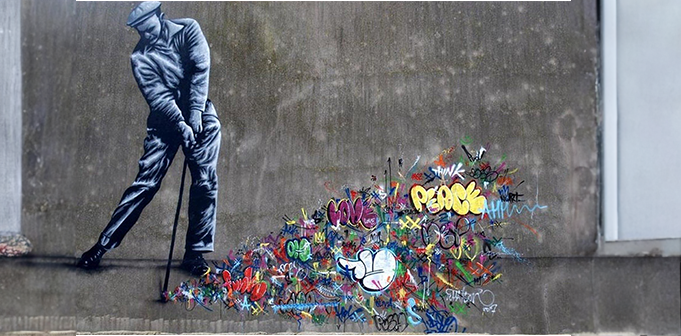
Arts Districts: Shoreditch and Brick Lane are known for their heavy graffiti and street art.
Works and Influences: Iconic works by Banksy and the work of new generation street artists.
Los Angeles (USA)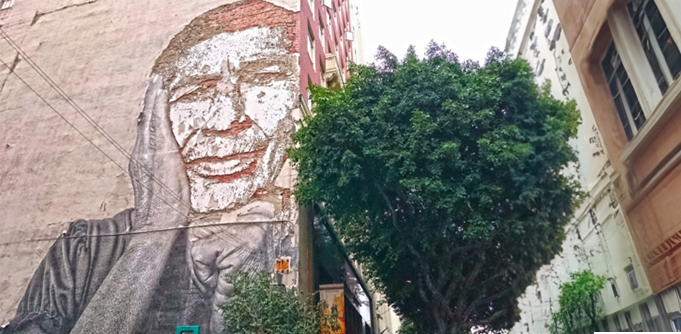
Mural Mile: Large-scale murals and wall projects in the Boyle Heights area.
Cultural Representations: Works reflecting Chicano culture and works by artists of Latin American origin.
Conclusion
Street art is a powerful way to convey social and cultural messages while adding colour to cities. It provides rich and thought-provoking experiences for both art lovers and people who live on the streets as part of their daily lives.
In this article, we examined the history of street art, prominent artists, social impacts and global examples.
Stay tuned to our blog for more information on new street art trends and works!
